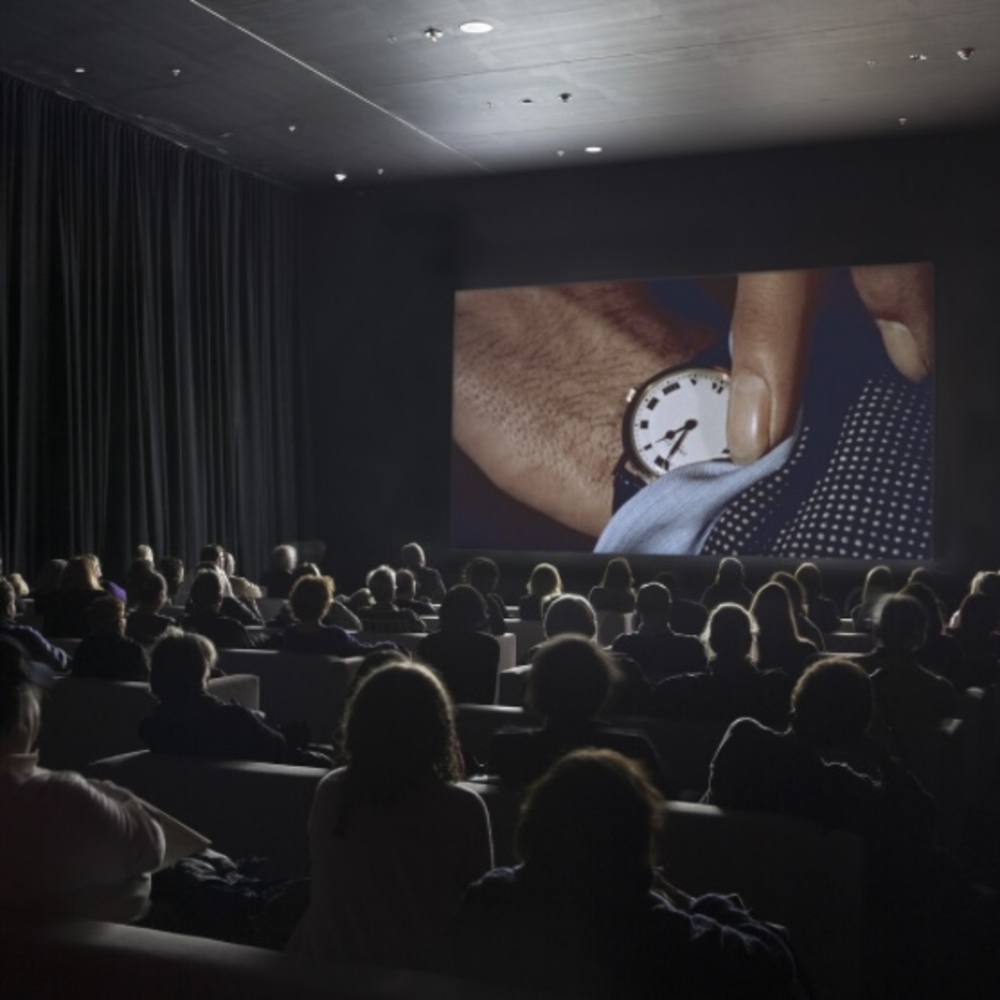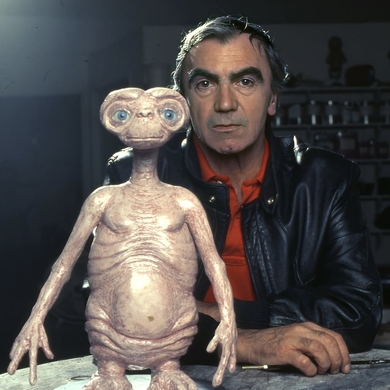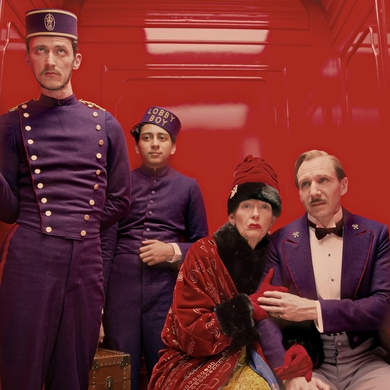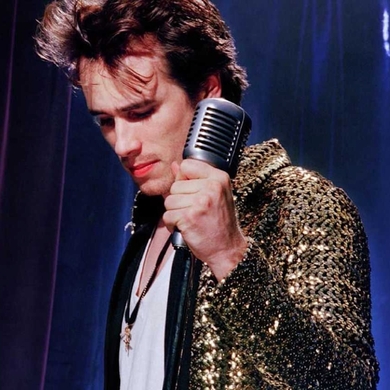“The universe confounds me!,” Voltaire once exclaimed. “I cannot imagine that such a ‘clock’ can exist without there being a Clockmaker.” Did a spark of such dizzying mechanical divinity also touch off the Swiss and American dual citizen Christian Marclay’s maximum opus, The Clock (2010)? This is the video that reverse-engineers a century of international cinematic history into a 24-hour montage of time-stamped film clips synchronized to all the 1,440 minutes that make up a day. “She thinks to intimidate me with the use of quarter hours,” Maggie Smith’s caustic schoolteacher Miss Jean Brodie scoffs when summoned to see the headmistress—and in The Clock, there’s Maggie, sweeping into the headmistress’s office as a timepiece chimes 4:15. Assembling and ordering such clips took Marclay’s team of over a dozen collaborators some three years—but setting the timeline may have been the easy part. On screen, a minute is a very long time. Shots of wristwatches, digital readouts, Big Ben, and so on that pinpoint our momentary whereabouts on the daily continuum may take barely a second, leaving Marclay no end of potential dead air. Even where he piles on half a dozen or more separate time-stamps for the same minute, it takes a nonstop flow of zingers, executions, sex acts, rude awakenings, air strikes, stagecoach chases, train departures, and much, much more to eke out the hours. (Amid thousands of quick cuts, Hamlet’s “Alas, poor Yorick!” speech— delivered by Laurence Oliver—lands like a Handel aria.) Film historians have documented the way clips from certain Marclay favorites recur like leitmotifs in Wagner’s “Ring,” not that a casual viewer won’t notice this, too. For extra fun, join the marathon game of “Name That Star!” (Gregory Peck! Denzel Washington! “Her again!” Meryl Streep—float in and out a lot.) Part way-beyond-Proustian Search for Lost Time, part way-beyond-Joycean Ulysses, The Clock manufactures cosmic continuity from an astronomical barrage of random moments, even as it fuses dialogue, music, and sound effects into one seamless supersymphonic soundtrack. Hearing about The Clock, some suppose the experience is like watching paint dry. Tick tock! The opposite is the case. —Matthew Gurewitsch
Screenings of The Clock synchronize with local time. Given MoMA’s limited opening hours (ten-thirty A.M. to five-thirty P.M., from nine-thirty A.M. for members on weekends), most viewers today have access to just one third of the cycle. Clockheads, take note! A rare screening of The Clock in its 24-hour glory starts at nine A.M. on March 20. Space is extremely limited. For ticketing information: https://www.moma.org/calendar/events/10381




